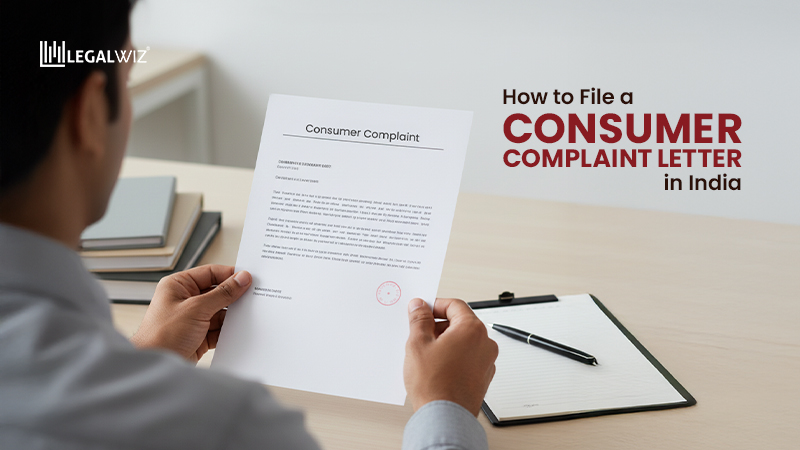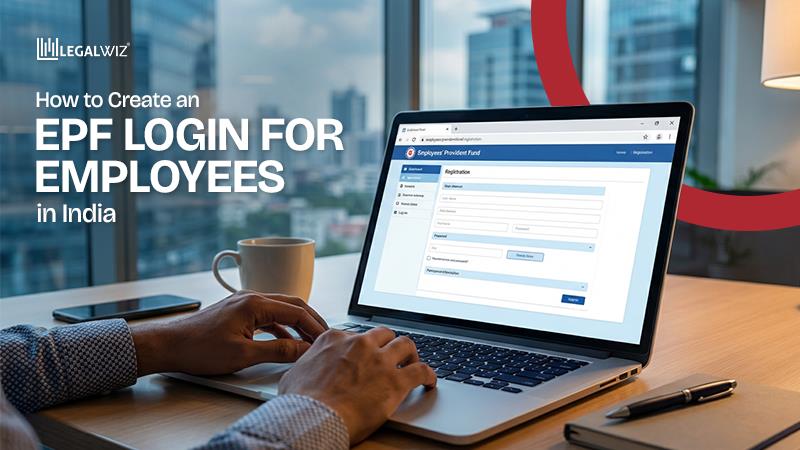Common GST Filing Mistakes Businesses Must Avoid in 2025
GST isn’t out to get you… But your mistakes might be
If you’ve ever sat up past midnight, drowning in receipts and frantically refreshing the GST portal like it’s a stock ticker, you’re not alone. For many small business owners and startup founders, GST return filing season feels less like routine compliance and more like a survival game.
The fact is that GST isn’t the bad guy. The little errors, like missing a deadline, sending the incorrect invoice, or using the wrong code, can eat away at your revenues. You might end up with late fines, a blocked input tax credit, or even worse, an audit notice if you press the incorrect button.
What does this mean? These mistakes don’t only cost you money; they also cost you time, energy, and attention, which are all things you need to expand your company. And in 2025, as standards are stricter and e-invoicing grows, there will be less room for mistakes.
The Hall of Fame of GST Mistakes (and Why They Hurt)
Every year, thousands of businesses stumble into the same potholes on the GST highway. Think of these mistakes as the “greatest hits” of compliance blunders—popular, costly, and entirely avoidable. Let’s run through the chart-toppers:
1. Late filing & missed deadlines
It always starts with “I’ll do it tomorrow.” Before you know it, tomorrow has turned into a penalty plus interest notice. Delays don’t just hurt your cash flow; they add unnecessary stress to already busy schedules.
2. Wrong GSTIN or mismatched details
Entering an incorrect digit may result in your carefully filed return becoming lost in cyberspace. The result? Rejected returns, delays, and a headache are not what any business owner signs up for.
3. Not reconciling GSTR-2B with purchase invoices
Ignoring reconciliation is equivalent to leaving money unaccounted for. If your purchase data doesn’t match the government’s records, your input tax credit (ITC) gets blocked. That’s cash you could have reinvested in your business.
4. Misclassifying goods/services under the wrong HSN/SAC codes
Incorrect coding can lead to overpayment or underpayment, which can be problematic during an audit. Either way, the impact on your books—and blood pressure—is significant.
5. Ignoring e-invoicing rules
In 2025, it’s harder than ever to follow e-invoicing rules. If you don’t read the message, your bills will be void, your ITC claims will be denied, and you’ll have to talk to clients in an embarrassing way.
Even while each of these mistakes may seem little on its own, when you put them all together, they make a complicated situation with fines, blocked ITC, audit concerns, and cash flow shortages. For a small firm or startup, such fees might hurt a lot more than they should.
Learn more: Understanding Eligibility for GST Registration
Real-World Example: Mini Case Studies of GST Filing Mistakes
1. The Startup That Lost Lakhs in ITC
NeonTech, a small software startup, was excited about scaling its operations. But when their accountant mismatched purchase invoices with supplier filings, nearly ₹2 lakh in Input Tax Credit vanished. The team realized too late that monthly reconciliation would have saved them both money and stress.
2. The MSME Hit by E-Invoicing Oversight
Sunrise Furniture, a small business in Jaipur, neglected to upgrade its e-invoicing system to meet the new rules for 2025. One mistake on an invoice led to fines, which meant they had to spend days rectifying records and explaining the differences to the tax authorities.
3. The Founder Who Outsmarted Late Filing
Riya had a small bakery and often put off filing her GST taxes. She never missed a deadline again once she set up automated invoice monitoring and calendar reminders. The fines went away, and she finally had her nights free.
Why it’s important: These aren’t unusual or severe situations; they’re blunders that small firms make all the time. Seeing real-life examples helps readers spot dangers before they arise, which makes proactive compliance possible instead of scary.
Also read: How to Download GST Certificate Without Login?
Prevention > Cure: Tips to Stay GST-Smart in 2025
GST compliance should not feel like a tightrope over fines. A few proactive behaviors may make or break filing season. Simple, regular measures may save time, money, and sanity.
| Tip | Why It Matters/Practical Benefit |
| Set reminders & automate filings | Memory alone won’t save you. Automated alerts prevent missed deadlines, late fees, and penalties. |
| Use GST-ready software | Streamlines invoices, reconciliation, and reporting. Reduces human errors and saves hours every month. |
| Stay updated on slab changes & compliance rules | 2025 tweaks may catch you off guard. Knowing the latest rates keeps invoices correct and ITC claims safe. |
| Regularly reconcile with vendors | Avoid disputes, mismatched invoices, and blocked ITC. Monthly checks prevent surprises during audits. |
Making GST compliance doable is as easy as following these proactive, basic actions. Save time, save money, and reduce stress—because prevention is always better than treatment.
Quick DIY Checklist for Stress-Free GST Filing
To ensure that your GST return is audit-proof and free of penalties, please put it through this mini-checklist before hitting “submit”:
- Kindly double-check the GSTR-1 and GSTR-3B due dates. If necessary, set reminders.
- Ensure that credits are claimable by reconciling ITC by matching purchase invoices with supplier filings.
- Look over all of the invoices to make sure the GSTINs, tax rates, and HSN/SAC codes are accurate.
- Verify that all tax payments have been credited to the site and that there are no outstanding balances.
- Look for inconsistencies by comparing the monthly totals of sales, purchases, and taxes to prior reports.
- Invoices, refunds, and receipts for payments should be digitally preserved for the sake of simple reference and audits.
The GST filing procedure is transformed into a systematic and repeatable one with this “before-you-file” routine. Your company will remain penalty-free, save time, and cut down on mistakes if you implement it today.
Don’t Just Avoid Mistakes—File Like a Pro
Let’s be honest: submitting your GST can ruin your weekend. It might seem like compliance has taken over your life when you’re chasing bills, reconciling ITC, and double-checking deadlines. LegalWiz is here to help.
It’s like having a GST co-pilot: all the professional help, automated tools, and trustworthy support you need in one location. LegalWiz helps you remain correct, on time, and free of penalties with things like registrations, returns, reconciliations, and yearly files, all without the normal worry.
If paying your GST is taking up all your weekends, it may be time to hire someone else to do it. While the pros make sure your compliance is seamless, easy, and audit-proof, you can focus on developing your company.
Conclusion: Smart Businesses File Right, the First Time
Filing your GST return is not just a legal requirement; it is also a means to keep your business organized, your cash flow healthy, and your goals for growth on track. It’s not only about avoiding fines, but also about knowing about slab changes, completing reconciliations on time, and setting up proactive measures. It’s also about running your business with confidence and clarity.
As a normal part of doing business, GST isn’t a problem for astute companies. By using technology or professional guidance to keep track of invoices, ITC, and deadlines, they transform filing season into a predictable, painless procedure. It’s more vital to have command than to be flawless. File correctly the first time, monitor your data, and let compliance help your firm develop.
Frequently Asked Questions
What’s the penalty for late GST filing in 2025?
Late filing attracts ₹50 per day per return and interest at 18% per annum on the outstanding tax. Penalties increase with repeated delays or non-compliance.
Can I correct a GST return after submission?
Yes, corrections can be made via subsequent returns (GSTR-3B adjustments or annual returns). However, original errors must be rectified promptly to avoid ITC issues or notices.
How do I avoid ITC mismatches?
Regularly reconcile purchase invoices with supplier filings. Claim only eligible credits and ensure HSN codes, GST rates, and invoice numbers match to prevent blocked ITC.
Is e-invoicing mandatory for all MSMEs in 2025?
No. It applies primarily to businesses crossing the threshold (currently ₹20–50 crore turnover). Small MSMEs below the limit can continue with standard invoicing.
What’s the simplest way to track deadlines?
Use digital calendars, GST-compliance software, or task managers like Google Calendar or Trello. Automated reminders prevent missed filings and late fees.
Can a CA or service provider file GST returns on my behalf?
Yes. Professional accountants or GST service providers can handle filings, ITC reconciliation, and compliance, reducing errors and saving time for business owners.

Sapna Mane
Sapna Mane is a skilled content writer at LegalWiz.in with years of cross-industry experience and a flair for turning legal, tax, and compliance chaos into clear, scroll-stopping content. She makes sense of India’s ever-changing rules—so you don’t have to Google everything twice.







